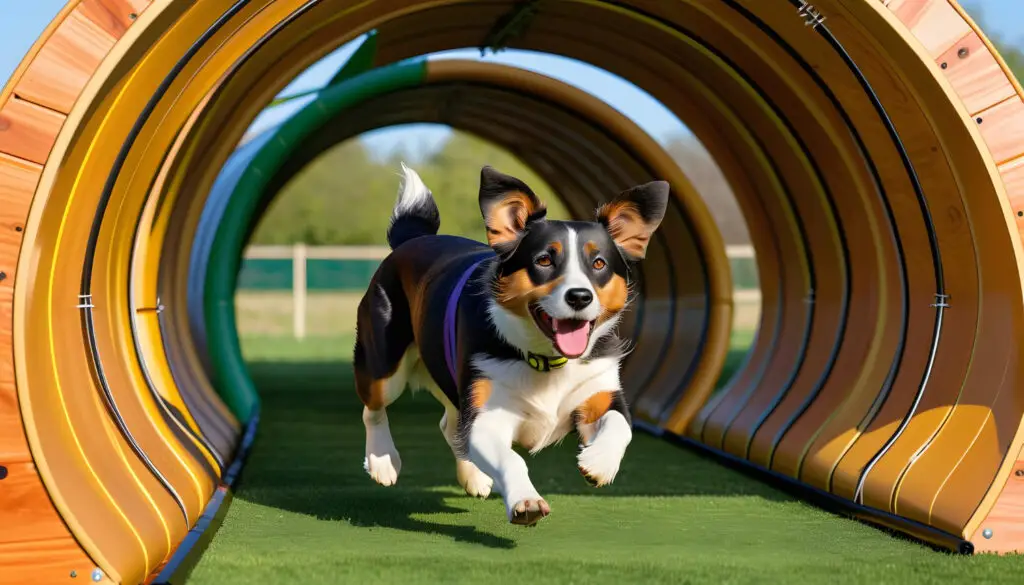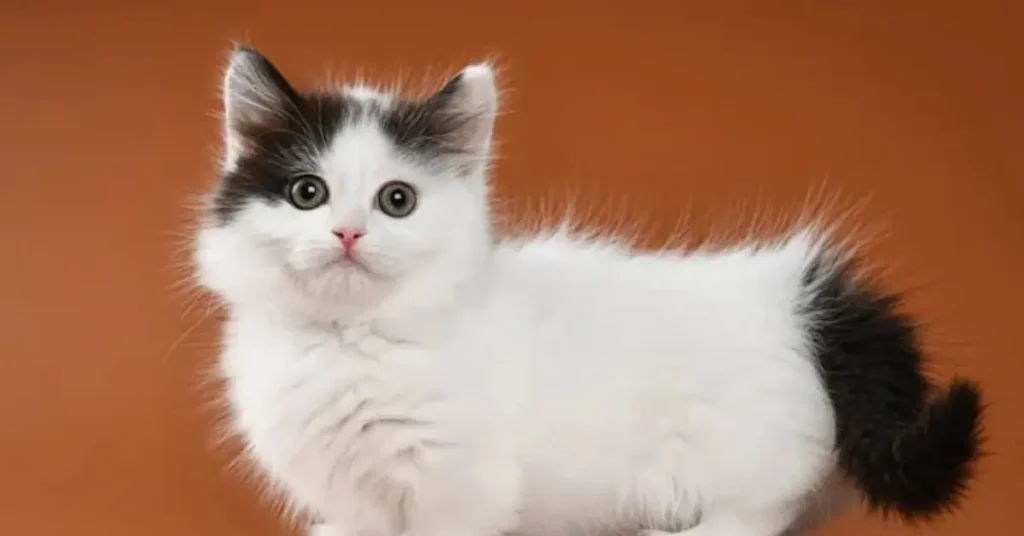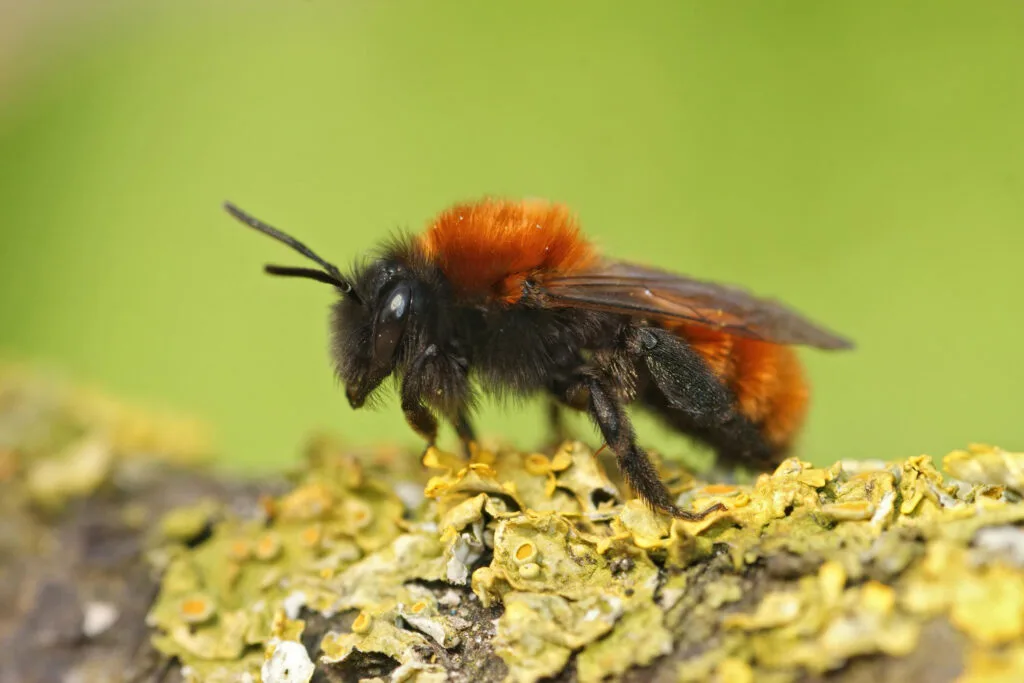Dogs aren’t just loyal companions they’re sharp, naturally curious and full of potential. Just as physical exercise keeps them fit and active, mental exercise is important for their happiness and overall well-being.
7 Brain Games for dogs can work wonders for boosting concentration, easing anxiety, and preventing boredom that often leads to unpleasent behaviour. In this guide, we’ll share fun, interactive activities that challenge your dog’s mind, ignite problem-solving skills, and strong your bond. From puzzle toys to scent-based games, these ideas will turn playtime into an exciting mental challenge your furry friend will love.
Table of Contents
ToggleWhy Play Brain Games with Your Dog?
Before we jump into the 7 Brain Games for Dog, it’s important to understand why mental exercise matters. Dogs are intelligent animals bred to work alongside humans, whether it’s herding sheep, retrieving game, or guarding property. In today’s world, many dogs don’t have jobs, but they still crave tasks that challenge their minds.
Mental stimulation can:
- Reduce destructive behaviours caused by boredom
- Strengthen the bond between you and your dog
- Slow cognitive decline in older dogs
- Boost confidence in nervous or anxious pups
Improve obedience and focus
Top 7 Brain Games for Dog You Can Try Today
1. The Shell Game: Find the Treat!
One of the most popular 7 Brain Games for Dog is the classic shell game. Place a treat under one of three cups, shuffle them, and encourage your dog to find the hidden prize. This game tests memory, focus, and scent skills.
2. Treasure Hunt: Hide and Seek Indoors
Dogs naturally love using their nose. Hide treats or favourite toys around the house and let your dog sniff them out. This game encourages problem-solving and uses their powerful sense of smell.
3. Puzzle Feeders & Interactive Toys
Puzzle feeders are perfect additions to the 7 Brain Games for Dog list. These toys require dogs to solve a puzzle before accessing their food or treats, slowing down fast eaters and challenging their brain.
5. Name That Toy
Teach your dog to recognise and fetch specific toys on command. This advanced brain game improves focus, vocabulary, and memory.
6. Tug with Rules
Tug-of-war isn’t just physical – it can train impulse control. Incorporating commands like “Take it” and “Drop it” makes it a mental game.
7. Obstacle Course: DIY Agility
Set up an indoor or garden obstacle course. Use chairs, cushions, broomsticks, or cones to create tunnels, jumps, and weaving poles.
How to Get Started with Brain Games for Your Dog
Introducing the 7 Brain Games for Dog should be a gradual, positive experience. Start in a quiet area free of distractions. Use high-value treats or favourite toys to keep your dog motivated. Always end each session on a positive note – even if your dog struggles – to build confidence.
Beginner tips:
- Keep initial sessions short (5-10 minutes) to avoid mental fatigue.
- Use encouraging tones and body language.
- Choose games appropriate to your dog’s age, breed, and health.
For example, a senior dog may do better with scent-based games like hide-and-seek, while an energetic Border Collie may excel in obstacle courses.
How Breed and Personality Affect Game Choice
Dogs are individuals – breed tendencies and personality play a huge role in choosing the best brain games. Understanding this will help you tailor the 7 Brain Games for Dog for your unique companion:
Herding Breeds (e.g., Border Collies, Aussies) – Thrive on puzzle games, obstacle courses, and tasks requiring precision.
Hounds (e.g., Beagles, Bloodhounds) – Enjoy scent-based games like treasure hunts or sniffing challenges.
Toy Breeds (e.g., Yorkies, Pomeranians) – Respond well to simple puzzles and gentle interactive games like the shell game.
Retrievers & Sporting Breeds (e.g., Labs, Spaniels) – Excel at fetching toys with added challenges, such as finding a specific item by name.
Guarding Breeds (e.g., Rottweilers, German Shepherds) – Benefit from structured games with rules, like tug with commands, to reinforce impulse control.
Advanced Variations of the 7 Brain Games for Dog
Once your dog masters the basics, you can increase difficulty for ongoing mental stimulation:
Shell Game Upgrade – Use more cups or add distracting scents.
Treasure Hunt Progression – Create multi-room hunts or include puzzle feeders as part of the search.
Obstacle Course Evolution – Add elements requiring different skills, like balance beams or small jumps.
Dogs thrive on novelty, and increasing complexity helps them keep learning.
Common Mistakes Owners Make During Brain Games
Playing the 7 Brain Games for Dog should be fun, but owners often make mistakes that reduce effectiveness or create frustration. Avoid these pitfalls:
Moving too quickly – Skipping steps can overwhelm your dog.
Using low-value rewards – Dogs may lose interest if the treats aren’t exciting.
Punishing mistakes – This discourages trying and damages trust; brain games should always be positive.
Not adjusting difficulty – Too easy equals boredom; too hard leads to frustration. Adjust to find the sweet spot.
Skipping consistency – Occasional games don’t have the same benefits as short, regular sessions.
Recommended Tools & Toys for Brain Games
Investing in a few essential items can make your 7 Brain Games for Dog more engaging and varied:
Puzzle Feeders – Brands like Kong, Outward Hound, and Nina Ottosson offer different levels of challenge.
Snuffle Mats – Great for scent-based games; sprinkle kibble or treats among fabric strips.
Interactive Balls – Releasing treats as they roll keeps dogs active and thinking.
Training Clickers – Enhance precision and timing during brain game training.
DIY Brain Game Ideas Beyond the Original 7
Here are a few bonus activities to keep your pup’s mind sharp:
Cardboard Box Challenge – Place treats in a box with crumpled paper; your dog must dig through to find them.
Homemade Tug Toy with Knots – Tie an old t-shirt into knots for a durable, interactive toy that doubles as a mental game when teaching “Take it” and “Drop it.”
Frozen Treat Puzzle – Freeze treats in an ice cube tray or Kong toy; your dog has to lick and manipulate to get the rewards.
How Brain Games Help with Behaviour Problems
One of the biggest benefits of the 7 Brain Games for Dog is reducing unwanted behaviours. Mental exercise can:
Lessen barking and chewing caused by boredom
Reduce hyperactivity through focus and problem-solving
Ease separation anxiety by keeping your dog occupied during alone time
Provide an outlet for natural instincts like hunting, chasing, or retrieving in a safe, structured way
Tracking Progress in Brain Training
Keep a journal to monitor your dog’s improvement with the 7 Brain Games for Dog. Note how long they stay engaged, which games they enjoy most, and how quickly they solve each challenge. Over weeks, you’ll see measurable progress.
Sample progress log:
- Day 1: Shell game – finds treat in 3 tries.
- Day 7: Finds treat in 1 try; ready to add a fourth cup.
- Day 14: Excited to play; stays focused for 15 minutes.
This helps tailor future sessions and gives you insight into your dog’s learning style.
Creating a Balanced Routine of Brain and Physical Exercise
While the 7 Brain Games for Dog provide crucial mental work, they should be paired with daily physical activity. A good schedule could look like this:
Morning: 30-minute walk or run
Midday: 10-minute brain game session
Evening: Tug game or fetch combined with commands
By rotating activities, you avoid overworking any one area and keep your dog’s mind and body healthy.
Real-Life Success Stories: Smarter, Happier Dogs
Case Study 1 – Bella the Beagle: Bella’s owner noticed her howling and digging out of boredom. After introducing daily treasure hunts as part of the 7 Brain Games for Dog, Bella became calmer, more focused, and happier indoors.
Case Study 2 – Max the German Shepherd: Max struggled with impulse control. Incorporating tug with strict “Take it” and “Drop it” commands helped him become more obedient, reducing reactivity on walks.
How often should I play brain games with my dog?
Aim for at least 10–15 minutes per day. Consistency is more important than length.
Are brain games suitable for puppies?
Yes. Start with simpler games like treat hide-and-seek to introduce problem-solving early.
Can senior dogs benefit from brain games?
Absolutely. Mental stimulation can slow cognitive decline and keep older dogs engaged.
What if my dog seems frustrated?
Take a break. Brain games should be fun, not stressful. Always end on a positive note.
Can brain games replace physical exercise?
No – they complement each other. Dogs need both mental and physical stimulation for a balanced life.







